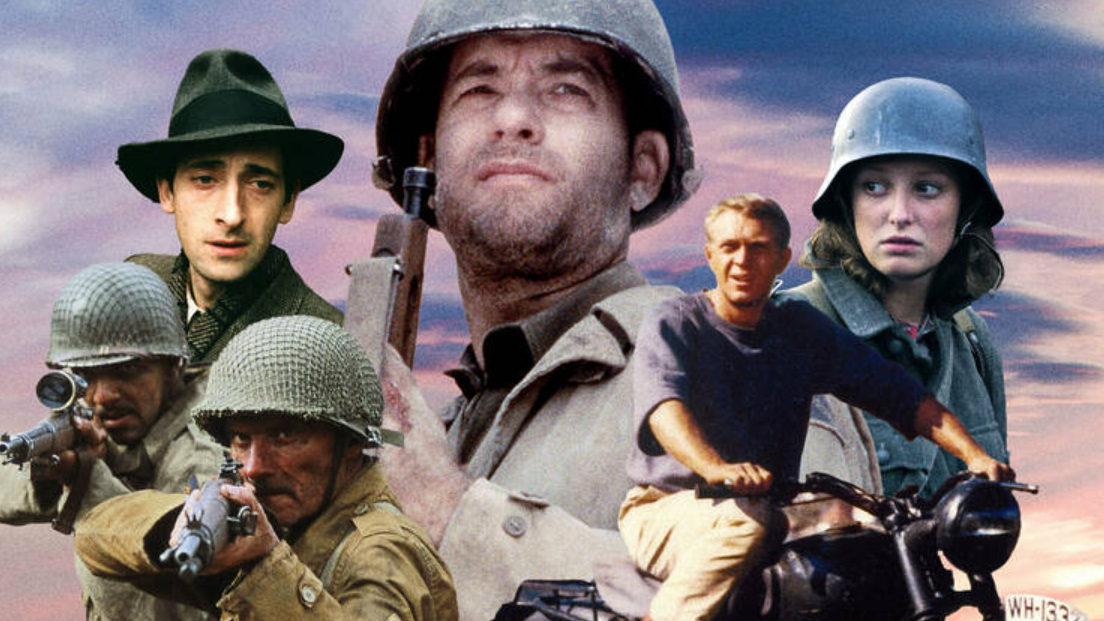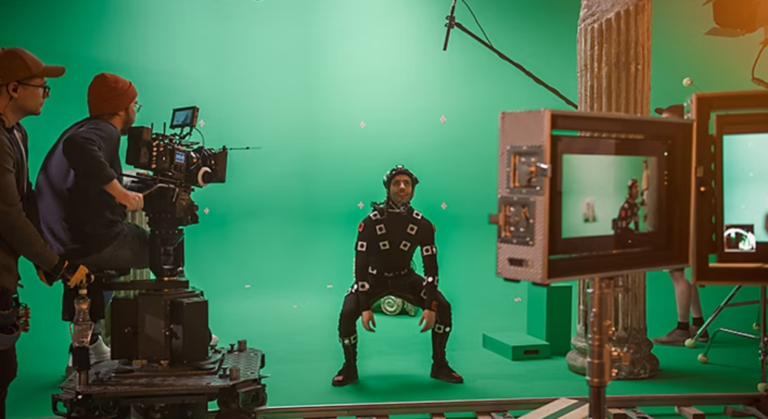Top 10 Must-Watch Classic Movies Everyone Should See
Classic films serve as a mirror reflecting the complexities of human nature and societal values. The narratives crafted in these movies transcend time, offering insights into power, morality, and the human experience. Each film on the must-watch list has left an indelible mark on cinema, showcasing unique storytelling techniques and thematic depth. Understanding these films can provide a richer context for contemporary cinema. What makes these classics resonate so profoundly with audiences, even decades later?
The Godfather (1972)
Although “The Godfather” is often hailed as a cinematic masterpiece, its significance extends beyond mere entertainment; it offers a profound exploration of power, family, and morality within the framework of organized crime.
The film intricately examines Mafia dynamics, illustrating how family loyalty often intertwines with ruthless ambition. This complex interplay reveals the moral ambiguities inherent in the pursuit of power, compelling viewers to reflect on their own values.
Casablanca (1942)
“Casablanca” stands as a quintessential film that transcends its wartime setting to explore themes of love, sacrifice, and the moral complexities of human choices.
The romantic tension between Rick and Ilsa is interwoven with political intrigue, highlighting the struggle for freedom amidst the chaos of war.
Its timeless narrative compels audiences to reflect on personal ethics in the face of a greater societal conflict.
See also: The Psychology of Movie Characters: Understanding Their Motivations
Citizen Kane (1941)
“Citizen Kane” stands as a landmark in cinema, renowned for its innovative filmmaking techniques that have influenced countless directors.
The film’s exploration of timeless themes such as the corrupting nature of power and the pursuit of happiness resonates across generations, prompting viewers to reflect on their own lives.
Its masterful narrative structure and visual style invite a deeper examination of both the medium and the human experience.
Innovative Filmmaking Techniques
While many films have pushed the boundaries of cinematic storytelling, “Citizen Kane” stands out for its pioneering use of innovative filmmaking techniques that fundamentally transformed the art form.
Its groundbreaking use of deep focus cinematography and non-linear narrative structure exemplifies cinematic innovations that enhance visual storytelling.
These methods not only engage viewers but also invite them to explore the complexities of human experience and perspective.
Timeless Themes Explored
The innovative filmmaking techniques employed in “Citizen Kane” serve as a powerful vehicle for exploring timeless themes that resonate across generations.
Central to its narrative are universal struggles such as the pursuit of happiness and the burden of power, alongside profound moral dilemmas regarding integrity and legacy.
These themes challenge viewers to reflect on their own lives, fostering a deeper understanding of the human condition.
Gone With the Wind (1939)
“Gone With the Wind” stands as an epic love story set against the backdrop of the American Civil War, illustrating the complexities of desire and survival in a turbulent era.
Its historical context not only enriches the narrative but also invites critical examination of societal values and racial dynamics of the time.
Furthermore, the film’s iconic cinematic techniques, from sweeping cinematography to elaborate set designs, have left an indelible mark on the art of filmmaking, solidifying its status as a timeless classic.
Epic Love Story
Set against the backdrop of the American Civil War, “Gone With the Wind” emerges as a quintessential epic love story that transcends mere romance.
Its portrayal of timeless romance and passionate connections between Scarlett O’Hara and Rhett Butler captivates audiences, revealing the complexities of love amid turmoil.
The film masterfully explores desire, sacrifice, and resilience, making it an unforgettable cinematic experience that resonates across generations.
Historical Context Importance
While many films are products of their time, “Gone With the Wind” stands out not only for its sweeping narrative but also for its intricate reflection of the historical context of the American South during the Civil War.
Its historical representation shapes cultural impact, prompting discussions about race, gender, and societal values.
This film serves as a lens through which modern audiences can engage with complex historical realities.
Iconic Cinematic Techniques
The cinematic techniques employed in “Gone With the Wind” are as memorable as its storyline, enhancing the film’s emotional depth and visual grandeur.
Through masterful visual storytelling, it utilizes cinematic symbolism to convey themes of love, loss, and resilience.
The sweeping cinematography and meticulous set designs not only captivate audiences but also allow for a profound exploration of the human spirit amid turmoil.
12 Angry Men (1957)
“12 Angry Men” (1957) stands as a masterclass in the exploration of justice and moral responsibility, showcasing the intense dynamics of a jury deliberation.
The film intricately examines juror dynamics, revealing how personal biases and societal pressures influence decisions. It confronts moral dilemmas that challenge the characters’ integrity, ultimately advocating for the power of reason and the pursuit of truth in the face of prejudice.
Schindler’s List (1993)
“Schindler’s List” stands as a monumental film not only for its haunting portrayal of the Holocaust but also for its profound historical significance and lasting impact on audiences.
Utilizing powerful cinematic techniques—such as the stark contrast between color and black-and-white imagery—the film effectively conveys the gravity of its subject matter.
This masterful approach invites viewers to confront the realities of human suffering and moral courage, making it an essential part of cinematic history.
Historical Significance and Impact
While many films have attempted to portray the atrocities of the Holocaust, Schindler’s List stands out for its profound historical significance and impact on both cinema and collective memory.
Its cultural influence extends beyond entertainment, fostering awareness and dialogue about human rights.
The film’s cinematic legacy continues to shape narratives on genocide, ensuring that the lessons of the past resonate with future generations.
Powerful Cinematic Techniques
The profound historical significance of Schindler’s List is matched by its innovative cinematic techniques, which amplify its emotional impact and narrative depth.
Spielberg employs cinematic symbolism, such as the girl in the red coat, to represent innocence amidst horror.
Through masterful visual storytelling, stark contrasts and haunting imagery evoke profound empathy, ensuring that the film transcends mere documentation, compelling viewers to confront the moral complexities of humanity.
Lawrence of Arabia (1962)
Epic in scope and ambition, “Lawrence of Arabia” (1962) stands as a monumental achievement in cinema, capturing the complexities of both its titular character and the geopolitical landscape of World War I.
The film’s breathtaking visuals complement profound character development, revealing the duality of Lawrence’s identity.
Its influence shapes the cinematic landscape, inviting audiences to reflect on the nature of freedom and personal sacrifice.
Some Like It Hot (1959)
“Some Like It Hot” (1959) remains a quintessential example of comedy that transcends its era, masterfully blending humor with social commentary.
This film’s comedic genius lies in its subversion of gender roles, presenting men in dresses and women with agency.
Sunset Boulevard (1950)
A haunting exploration of fame and despair, “Sunset Boulevard” (1950) stands as a poignant critique of Hollywood’s dark underbelly.
This Hollywood satire deftly unravels the tragic tale of fading stardom, illustrating the destructive nature of obsession and the illusion of immortality in the film industry.
Through its vivid characters and gripping narrative, it compels audiences to confront the haunting realities behind the glitz.
The Wizard of Oz (1939)
Unlike the somber tones of “Sunset Boulevard,” “The Wizard of Oz” (1939) presents a vibrant tapestry of imagination and adventure that has captivated audiences for generations.
The journey to the Emerald City symbolizes the quest for self-discovery, while the iconic Ruby Slippers embody the power of choice.
This timeless film encourages viewers to embrace their dreams and find courage within, making it essential viewing.
Conclusion
In an era dominated by streaming platforms and instant gratification, the enduring power of classic films remains undeniable. These cinematic treasures, from “The Godfather” to “Casablanca,” not only entertain but also provoke thought and evoke deep emotions, much like a well-crafted meme captures contemporary sentiments. Engaging with these films offers invaluable insights into the human experience, making them essential viewing for anyone wishing to appreciate the artistry and cultural significance that shaped modern storytelling.





